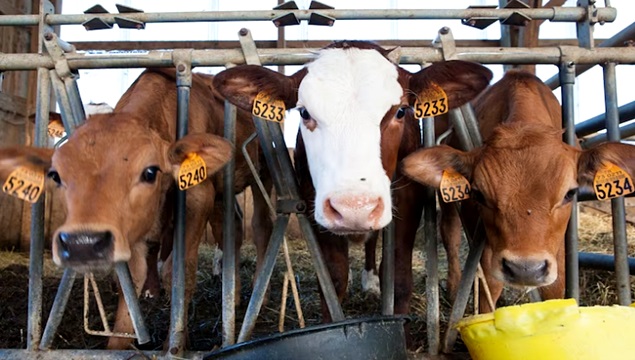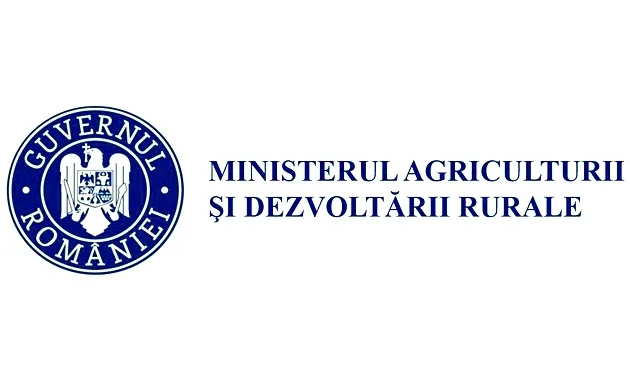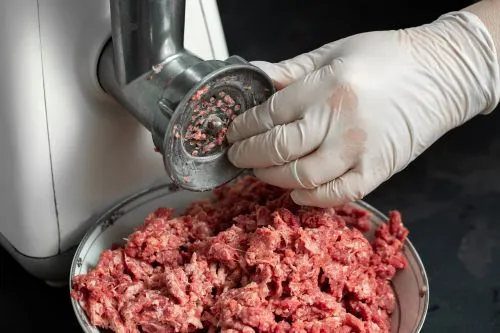
Farmers, who are milk producers and aim to increase the nitrogen efficiency of their herds, have been encouraged to fully analyze the feed on their farms before reducing the protein content of the feed, according to research published by DairyGlobal.
The Action of Nitrogen
Since dairy cow diets contain nitrogen, mainly in the form of proteins, the percentage of nitrogen consumed by the cow and subsequently transformed into milk protein is defined as nitrogen utilization efficiency.
Research conducted by the Agri-Food and Biosciences Institute (AFBI) in Northern Ireland has shown that the average nitrogen utilization efficiency of dairy herds is low, at approximately 30%.
The majority of the remaining 70% of nitrogen is excreted in manure, and a portion of this nitrogen in the manure may be lost into the environment during manure storage, handling, and spreading on fields.
Contributing to Climate Change
During these processes, issues arise with emissions. For instance, nitrogen in the form of gaseous ammonia can be deposited on sensitive habitats, leading to biodiversity loss and soil acidification.
Nitrogen is also lost as nitrous oxide, a potent greenhouse gas contributing to climate change. When nitrogen is lost from manure into watercourses through leaching, it can cause nutrient enrichment in water bodies.
Reducing these nitrogen losses to the environment is a significant goal for governments to improve climate conditions and meet their greenhouse gas reduction targets. Additionally, since protein is the most expensive component of dairy cow diets, there is a tremendous financial interest in increasing the efficiency of nitrogen utilization by dairy cows.
Using Nitrogen Rationally
This particular study was undertaken to quantify how efficiently dairy cows utilize nitrogen during the winter period when housed in commercial dairy farms in Northern Ireland.
It was funded by the Department of Agriculture, Environment and Rural Affairs (DAERA) of Northern Ireland and AgriSearch through the Research Challenge Fund. The study was conducted by AFBI on 26 local dairy farms. The participating herds were predominantly composed of Holstein Friesian cows with an average annual milk production and concentrate intake of 8,800 kg and 2.9 tonnes per cow, respectively.
Each farm was visited 4-5 times during the study period, during which silage and concentrate samples fed to the cows were collected, and detailed feeding practice information was gathered. The researchers also collected milk production data for each herd and milk composition data obtained from milk recording organizations. Individual cow dry matter intakes were estimated.
Efficiency Results
The results from the 26 farms indicated a wide range of nitrogen utilization efficiencies, ranging from 25% to 34%.
The average nitrogen utilization efficiency was 30%, meaning approximately 30% of the nitrogen consumed by the cows on these farms was transformed into milk protein. A nitrogen utilization efficiency of 30% is similar to the average value reported previously in the United Kingdom.
Within this study, AFBI also examined factors influencing nitrogen utilization efficiency. As expected, the crude protein content of the diet was one of the primary factors influencing the efficiency of nitrogen utilization.
It was demonstrated that as the total crude protein content of the diet increased, the efficiency of nitrogen utilization decreased. For example, with a total crude protein diet of 15.5%, approximately 31% of the consumed nitrogen was transformed into milk protein, meaning nearly 70% of the nitrogen was excreted in manure.
Meanwhile, with a total crude protein level in the diet of 18.5%, only 26% of the consumed nitrogen was transformed into milk protein, resulting in approximately 74% of the nitrogen being excreted in manure.
This clearly demonstrates that as the crude protein content of the diet is reduced, nitrogen is utilized more efficiently, and less nitrogen will be excreted in manure. However, when crude protein levels in the diet are too low, cow performance may be reduced if the cow's requirements for metabolizable protein are not met.
Acknowledging this fact, DAERA, with co-funding from feed companies, commissioned AFBI to carry out a research program to investigate the role of low-protein diets for dairy cows. This research program also measures actual nitrogen excretion in manure and determines the effect of the diet on ammonia and nitrous oxide losses from slurry.
What Can Farmers Learn?
The efficiency with which dairy cows convert nitrogen in feed into milk nitrogen on local farms during winter is highly variable, with an average of approximately 30%. Reducing the total crude protein content of the diet seems to be one of the key options to improve the efficiency with which dairy cows utilize nitrogen for milk production.
However, as farmers strive to transition to low-protein diets, it is important to consider the composition of the available feed on the farm and formulate diets to meet the cow's requirements for metabolizable protein and energy.




